For many of us, the summer months are moments where we like to plan an adventurous challenge, be it climbing a mountain top, doing a long-distance backpacking, canoeing or kayaking trip, or you name it.
Many of our rewilding drum followers ask me how I prepare myself for an actual expedition or adventure and how I train in between expeditions. Needless to say that most of my ‘training’ is influenced by the rewilding lifestyle.
With still about a month and a half to go, I reckoned it might be interesting to talk a little about preparing physically for your challenge and about working out in general.
Movement
As you might know by now, movement, and especially natural movement is important within the rewilding lifestyle. Inspired by Erwan Le Corre MovNat and others, we advocate ways of moving in the most natural way possibleand learning the basic movement skills such as running, crawling, jumping, walking on all fours, and lifting heavy weights.
As stated by Le Corre, working out should be functional. There should be a utility to the movement skill you are trying to master.
Specific preparation
Sports play an important role in today’s society; there are the couch potatoes, the in-betweens and the sports fanatics.
Competition is all over the place – people want to improve and win a medal or beat the opponent. In the world of adventure and expeditions, the only way up is higher, faster and more dangerous. Adrenaline rules.
Working out because it’s healthy is not always the most appealing motivation. We only seem to appreciate our health when something is wrong with it. Luckily there is the rewilding point of view!
Expeditions and Adventures
When Kiki and I are preparing for our next adventure or expedition, every detail has to be studied and prepared well, and many aspects have to be taken into account:
The logistics and outdoor skills are important. Taking care of the gear, the route, the communication etc. is one thing, but then there is the physical aspect. Being in shape, both physically and mentally is important, but of course you need specific training for the activity you will be doing.
Just a couple of examples of how we trained for specific expeditions:
1. When preparing for the Atacama Crossing back in 2010, a 250-kilometre-long self-supported ultra-marathon in the driest desert of the world, of course, running was the main thing. We trained first with relatively short distances and later the long ones – first without a backpack, later with a backpack – whenever possible in difficult terrain. To avoid overloading the body and injuries, I did a lot of hiking with a heavy backpack and I kept lifting weights. I also added Pilates, because I always need to work on my flexibility.
2. Preparing for a canoeing expedition on the Inari Lake in Finland, I did quite a lot of weights to build upper body strength and lots of canoeing workouts and trips with my expedition partner.
3. Winter expeditions are a different ball game.
- In the midst of the punishing Canadian winter of 2014, Kiki and I set out on a 350-km-long snowshoeing adventure through Atikamekw territory in Québec, together with members of the three Atikamekw Nations, Obedjiwan, Wemotaci and Manawan communities. For this project, we kept doing the usual daily workouts, but added pulling and pushing tires for long hours, simulating the toboggan we would need to pull.
- Sometimes, because we live in a different environment, the specific training is quite a challenge. This was the case for my last adventure, a dogsled expedition together with musher Raphael Fiegen. Because of the more than 300 km distance between Raphael and his dogs and me, I couldn’t do much of dogsled training. I went a couple of times to Luxemburg to train with him and his dogs, and for the rest, I kept to my normal workouts, intensifying them towards the moment of departure.
The good thing about these specific workouts was that, even though they were (too) repetitive, most of them were done outdoors.
To avoid injuries and getting bored of the training I really try to mix it up as much as possible. I also watch my diet carefully in order to stay healthy.
Maybe my most important rule is that I do my outdoor training as much as possible in all kinds of weather and circumstances. I cannot, of course, simulate the cold and snow of Lapland. But training in wet, cold, and windy conditions, and even when possible in the dark, take me out of my comfort zone and keep me busy dealing with “adverse” weather conditions.
Between my different expeditions and adventures I work on my overall fitness and health and try to eat a healthy and clean diet.
So what do I do?
I am not religious about my workouts. Busy schedules and all kinds of real-life situations make it almost impossible to keep rigorously to a fixed plan. And, I strongly believe in flexibility and listening to your body, as well as the inspiration of the day.
MovNat
This workout is fundamentally about movement –a comprehensive, holistic and mindful approach to the full range of natural human movement abilities. This program is for everyone. It is progressive and safe, and supports physical competence for any area of life. As mentioned above, the basic movements are running, crawling, climbing, hanging, swimming, and walking on all fours, lifting, and carrying and throwing.
I do this on my own or every once in a while in group, which is, of course, always more fun.
My goal is to increase my participation in this program.
Thanks to Erwan Le Corre for inspiration, and for coaching, Pieter Derycke.
Pilates
I have to work hard to stay in shape, and I have to work equally hard on my flexibility.
Pilates is similar to yoga but emphasizes your body’s core, the abdomen, obliques, lower back, inner and outer thigh, butt, and so on. For this reason, Pilates develops much of what exercisers need — strength, flexibility, muscular endurance, coordination, balance, and good posture — with a much lower chance of injury than with other forms of exercise. This discipline emphasizes correct form instead of going for the burn.
Currently, I do Pilates once a week, but twice would be much better. I really need it, and my DNA can use some flexibility. (Thanks for being flexible and supportive Jeroen Vancoillie. J)
Running
I am not a fast runner, but compared to many people, I really like running. No sweat can equal the running sweat.
- About 90% of the running is barefoot or minimalist shoes.
- I try not fall into the chronic cardio trap. Cardio sessions that are too long have proven to be counter-productive. So instead, I try to keep them pretty short mostly half an hour to 40 or 50 minutes, 50 minutes at a quick pace (for me).
- At least once a week, I do a sprint workout – a 1- minute warmup jogging, followed by ten 100%-effort sprints. In 20 minutes, I am done.
The one thing I kind of hate? Tread mills! If I run, I do it outdoors.
Lifting and carrying
About twice a week I lift (heavy) weights in a one-hour session. Learning to handle heavy weights is good for your core. I do most of these workouts in a gym. (I adore spending as much time as possible outdoors in the woods, so maybe therefore, the social aspect of meeting people in the gym every now and then is appealing to me. Sometimes, I even do a MovNat workout in the gym.
My goal is, apart from going to the gym, to integrate more weight lifting into my outdoor natural movement workouts.
Quick bodyweight workouts
I love doing Jade Teta’s Metabolic AfterShock workouts. They are short (about 15 minutes each), but strenuous, but boy, do they make you feel alive! They can be done virtually anywhere and anytime. They shock your metabolic system, and make you burn fat!
Work in progress
I want to start doing more of three things in the near future: swimming, martial arts and bouldering (climbing).
In conclusion:
- We should not forget that losing weight is done first of all in the kitchen.
- Enough rest is critical to progress!
- Less is more. It’s the quality, not the quantity.
Now it’s your turn. Tell me, how do you prepare for an adventurous challenge?
Happy workouts!

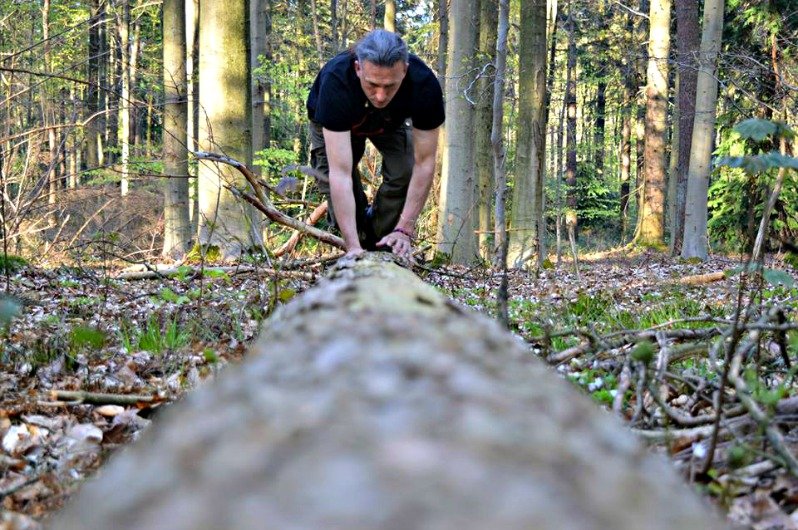
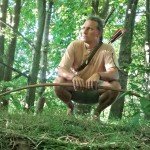
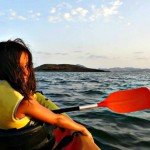


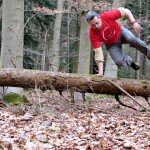
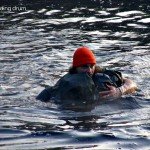
Recent comments